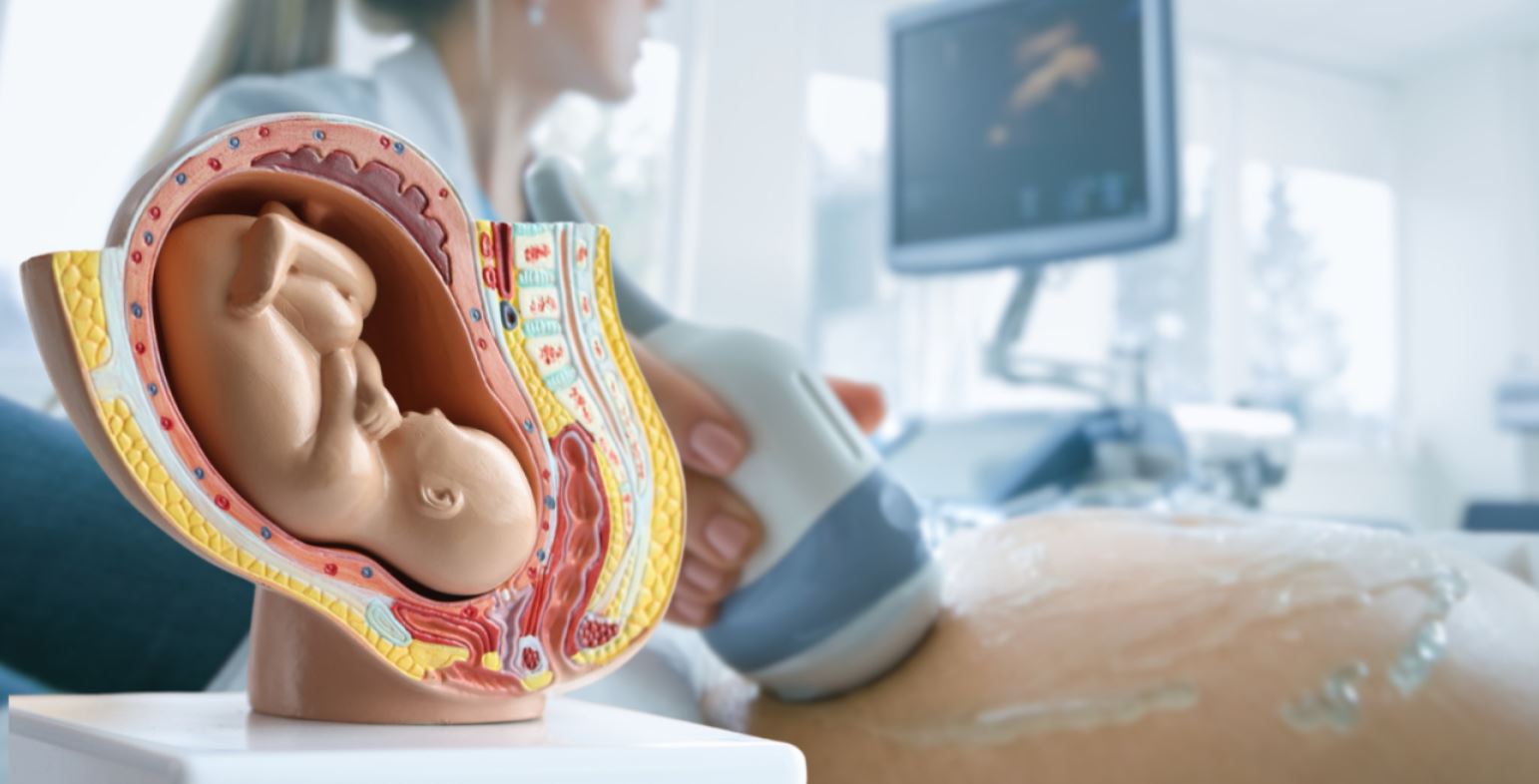
Hysteroscopy
Hysteroscopy is a minimally invasive surgical procedure used to diagnose and treat conditions affecting the uterus. At SHIFAA PAN African Hospitals, our Gynecologic Surgery department offers hysteroscopy for various gynecologic conditions, providing patients with effective and precise treatment options.
Procedure:
During a hysteroscopy, a thin, lighted instrument called a hysteroscope is inserted into the uterus through the vagina and cervix. The hysteroscope contains a camera that allows the surgeon to visualize the inside of the uterus on a monitor. Additional surgical instruments may be inserted through the hysteroscope to perform procedures such as removing polyps, fibroids, or scar tissue, and treating abnormal bleeding or infertility.
Indications:
Hysteroscopy may be recommended for various gynecologic conditions, including diagnosing and treating abnormal uterine bleeding, investigating infertility, removing intrauterine adhesions (synechiae), or retrieving intrauterine devices (IUDs) that have become embedded in the uterine wall.
During the Procedure:
During the procedure, the patient may be given local anesthesia, sedation, or general anesthesia depending on the complexity of the procedure and patient preference. The hysteroscope is gently inserted into the uterus, and saline or carbon dioxide gas is used to expand the uterine cavity for better visualization. The surgeon carefully examines the uterine lining and performs any necessary treatments or biopsies.
Post-Procedure Care:
After a hysteroscopy, patients may experience mild cramping, spotting, or discharge for a few days. Pain medication may be prescribed to alleviate discomfort, and patients can usually resume normal activities within a day or two. It is essential to follow any post-procedure instructions provided by the healthcare provider, including avoiding sexual intercourse and using tampons for a specified period.
What is hysteroscopy?
Hysteroscopy is a minimally invasive surgical procedure used to diagnose and treat conditions affecting the uterus by inserting a thin, lighted instrument called a hysteroscope into the uterus through the vagina and cervix.
What conditions can be diagnosed and treated with hysteroscopy?
Hysteroscopy can be used to diagnose and treat various gynecologic conditions such as abnormal uterine bleeding, infertility, polyps, fibroids, intrauterine adhesions (synechiae), and embedded intrauterine devices (IUDs).
Is hysteroscopy performed under anesthesia?
Hysteroscopy can be performed under local anesthesia, sedation, or general anesthesia depending on the complexity of the procedure and patient preference.
How long does a hysteroscopy procedure take?
The duration of a hysteroscopy procedure varies depending on the specific treatment or diagnostic procedure being performed. It typically takes between 15 minutes to an hour.
Is hysteroscopy safe?
Hysteroscopy is considered a safe procedure with minimal risks. However, like any surgical procedure, there are potential risks such as bleeding, infection, injury to the uterus, or complications related to anesthesia.
What is the recovery like after hysteroscopy?
Recovery after hysteroscopy is generally quick, with most patients able to resume normal activities within a day or two. Mild cramping, spotting, or discharge may occur for a few days following the procedure.
When can I expect to see the results of hysteroscopy?
The results of hysteroscopy depend on the specific condition being treated or diagnosed. In some cases, immediate improvements in symptoms may be experienced, while in others, further treatment or monitoring may be necessary.
Gynaecology And Obstetrics Procedures
- Cervical Cerclage (for preventing preterm birth)
- Cesarean Section (C-section)
- Contraceptive Counseling and Procedures
- Delivery Management
- Egg Freezing
- Endometrial Biopsy
- Fetal Monitoring
- Gynecologic Cancer Surgery
- Hysterectomy
- Hysteroscopy
- In Vitro Fertilization (IVF)
- Intrauterine Insemination (IUI)
- Laparoscopy
- Myomectomy (Uterine Fibroid Removal)
- Ovarian Cystectomy
- Pap Smear
- Pelvic Floor Reconstruction
- Postpartum Care
- Surgery for Gynecologic Cancers
- Treatment for Menopausal Symptoms
- Tubal Ligation
- Tubal Reversal Surgery
- Vaginal Delivery




